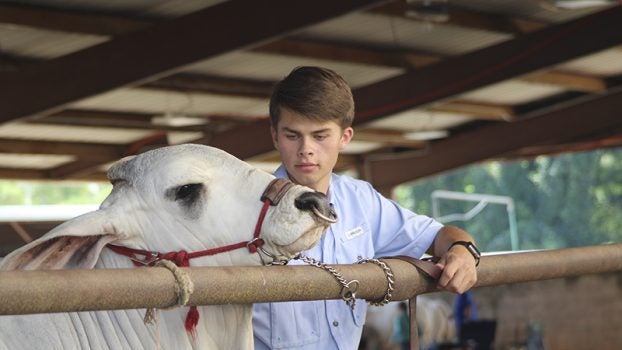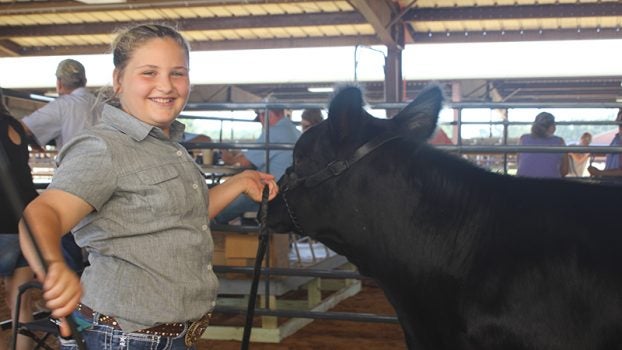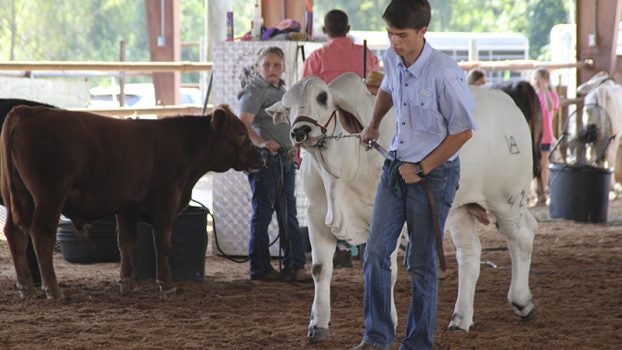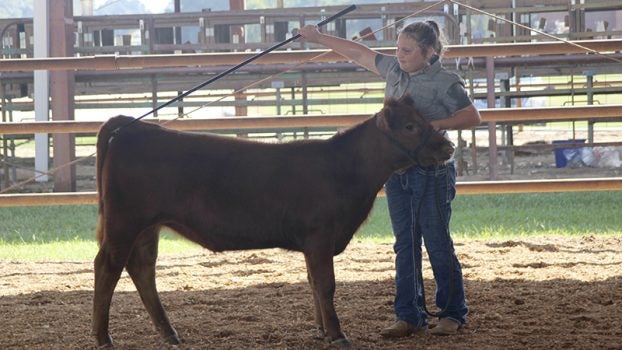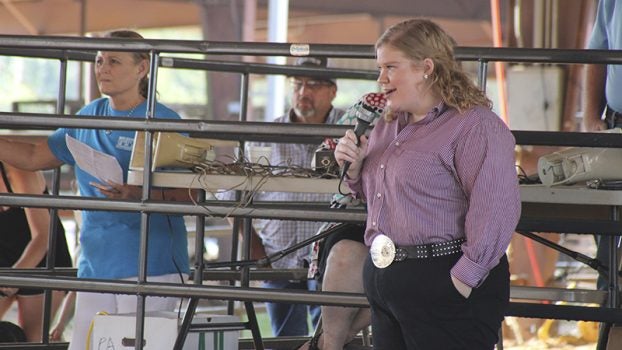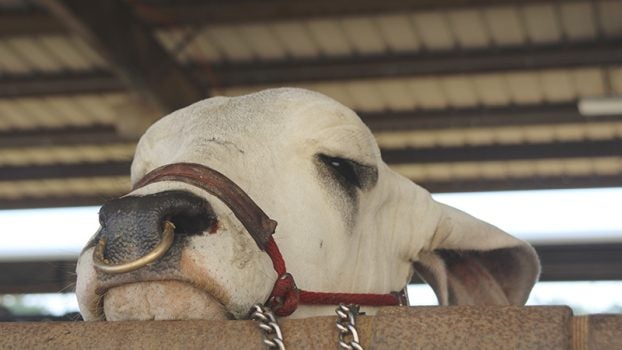Learning sportsmanship at the fair
Published 7:00 am Saturday, September 21, 2019
The calves were quiet as their adolescent caretakers prepared them for the spotlight. Dressed in boots, blue jeans and button-ups, each with a bandana hanging from their back pocket, kids were lined up to lead their calves into the arena.
The category was showmanship. The competition was the Pearl River County Fair and Rodeo. The kids had been working with their calves for months—every day they fed and brushed their animals. On the weekends, Kaci Ladner washed and combed her calves.
Ladner began attending 4-H shows before she could walk, and by age 5, she was a competitor. Now 9, showmanship is her favorite category, because she enjoys the friendly competition.
In showmanship, the competitors have to keep their eyes on the judge as they walk their 5 to 24-month-old cows around the arena. Some of the animals are 1,100 lbs.
“You just need to put your game face on and go slow,” Ladner said.
Showmanship is also Abigail Jenkins’ favorite category, who was a judge in this year’s competition. In showmanship, it does not matter how many thousands of dollars were spent on an animal or on equipment, Jenkins said. What matters is how much work the child put in. The regular show is about the animal and showmanship is all about the child.
But the morning of the competition, Ladner’s cow was being troublesome. While her competitor stands at ease with her calf at the far side of the ring, Ladner has to walk her Black Angus calf in additional circles before she can tug it into a spot. Then the calf becomes restless again, and Ladner takes it on another short circular walk.
Finally, both calves are stationary, and Jenkins stops to ask each girl questions about her animal.
The audience lined up around the large enclosure can’t hear the conversation. Jenkins said she asks younger kids their animal’s name and what they like about the animal, and tests older kids on their knowledge of the animal’s dietary needs and caretaking.
Despite the bad day Ladner’s cow is having, she still wins the category, because she maintained good eye contact with the judge and determinedly kept working with her calf, Jenkins announced.
One of the important lessons 4-H teaches kids, is they don’t always win, Kaci’s mom Toni Ladner said.
“It teaches them to help one another and to work together,” Toni Ladner said. “I think I’m the person I am today because of what 4-H offered me.”
Many of the kids competing have parents like Toni, who were also involved in 4-H growing up, Ladner said, and parents want to pass on the lessons about sportsmanship and responsibility they learned as a youth raising and showing animals.
Another 4-H parent, Trudy Lee, agrees that children learn responsibility from working with the animals.
“These kids learn that if they’re going to show these cows, they’re going to feed them,” Lee said.
At 16, Trudy’s son, Asa Lee, was one of the oldest competitors. Asa prefers showing Brahman cattle, a breed his dad describes as the “cow of the south” because of their tolerance for heat and insects.
“I show them because I like them,” Asa Lee said, before listing qualities of the breed, like their milking ability.
But the real appeal of competing is the opportunity to mentor younger children, Asa Lee said. Kids have to be consistent and work everyday with their calf, he said, and competing just takes time and effort.


